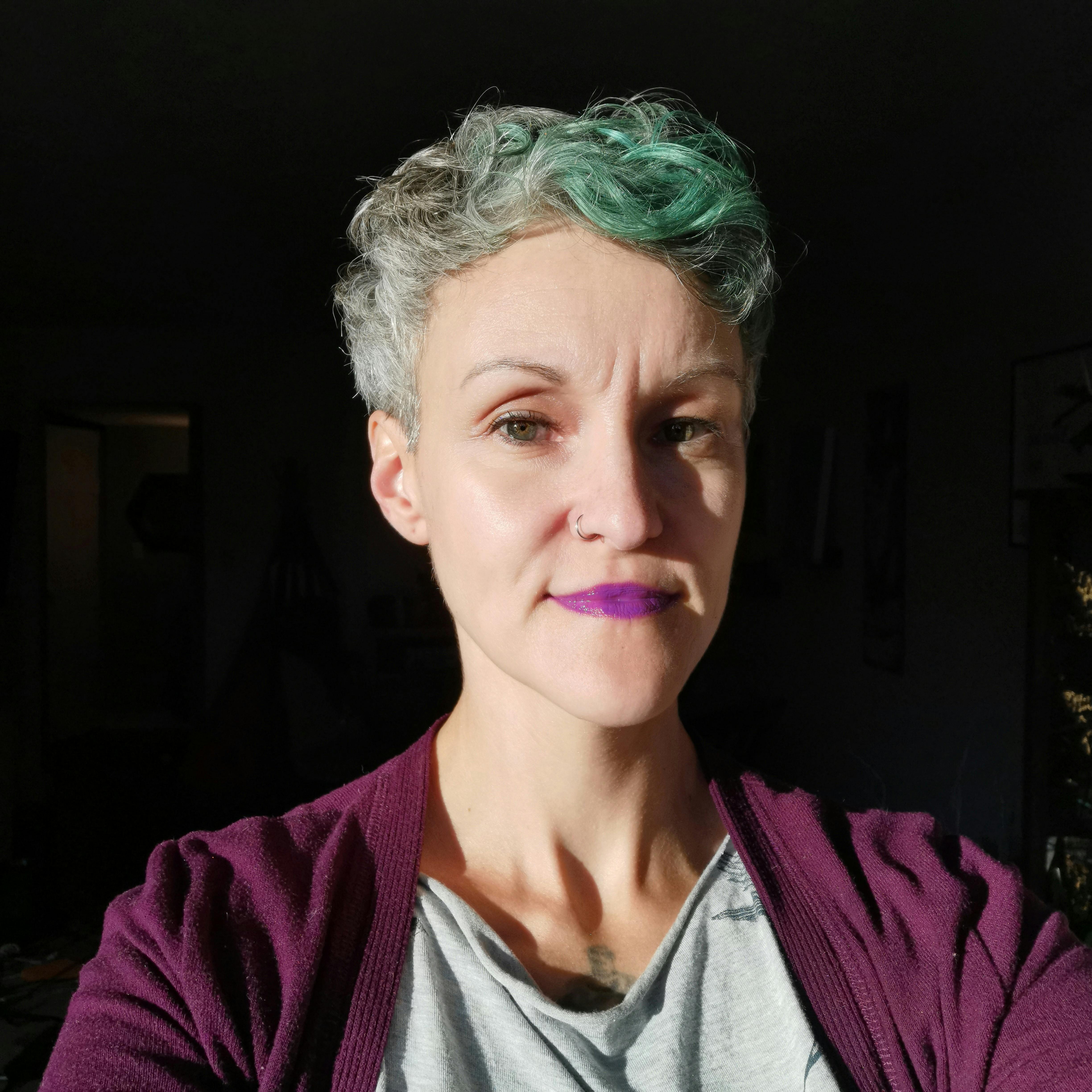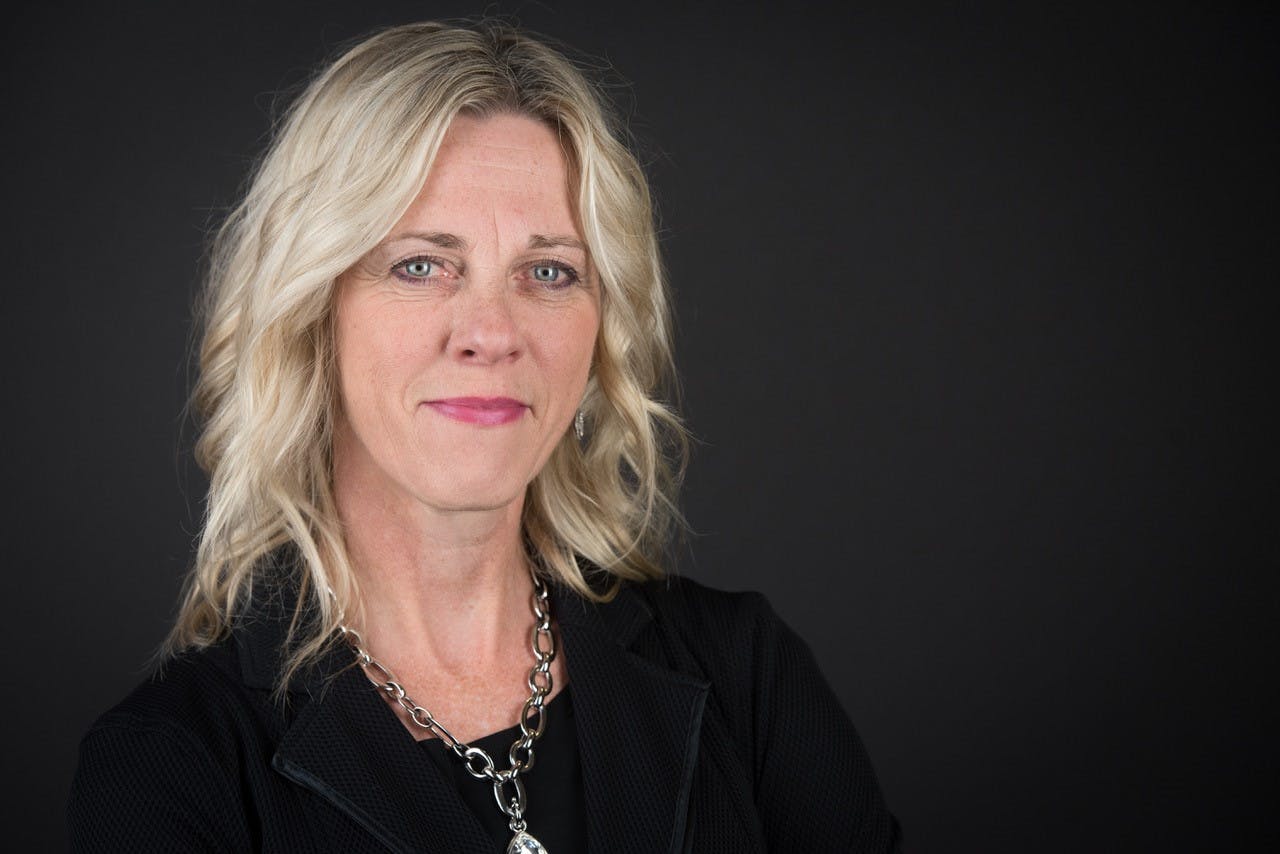Municipal Diversity, Equity, Inclusion & Justice Employee Portal
Please note that this website is no longer updated. Please visit our CK Central site for municipal employees for the most recent updates related to Diversity, Equity, Inclusion, and Justice.
Please note that this website is no longer updated. Please visit our CK Central site for municipal employees for the most recent updates related to Diversity, Equity, Inclusion, and Justice.
Safe Space
Glossary
Resources
-
 Honouring Cinco de Mayo Respectfully (390 KB) (pdf)
Honouring Cinco de Mayo Respectfully (390 KB) (pdf)
-
 Workplace Inclusion During Ramadan (751 KB) (pdf)
Workplace Inclusion During Ramadan (751 KB) (pdf)
-
 Inclusive Holidays 2023 (983 KB) (pdf)
Inclusive Holidays 2023 (983 KB) (pdf)
-
 DEIJ Calendars
DEIJ Calendars
-
 DEIJ Strategy - About and Updates
DEIJ Strategy - About and Updates
-
 What do Equality, Equity, and Justice look like? (318 KB) (png)
What do Equality, Equity, and Justice look like? (318 KB) (png)
-
 DEIJ Committee Members (16.8 KB) (docx)
DEIJ Committee Members (16.8 KB) (docx)
-
 DEIJ Strategy Update #1 (34.3 MB) (mp4)
DEIJ Strategy Update #1 (34.3 MB) (mp4)
-
 DEIJ Strategy Best Practices Paper (1.03 MB) (pdf)
DEIJ Strategy Best Practices Paper (1.03 MB) (pdf)
-
 Full Summary of DEIJ Survey Findings (213 KB) (pdf)
Full Summary of DEIJ Survey Findings (213 KB) (pdf)
-
 Infographic- DEIJ Survey Findings of Personal Perceptions of DEIJ (77.7 KB) (pdf)
Infographic- DEIJ Survey Findings of Personal Perceptions of DEIJ (77.7 KB) (pdf)
-
 Video-DEIJ Survey Findings of Diversity (5.93 MB) (mp4)
Video-DEIJ Survey Findings of Diversity (5.93 MB) (mp4)
-
 Infographic-DEIJ Survey Findings of Diversity (403 KB) (pdf)
Infographic-DEIJ Survey Findings of Diversity (403 KB) (pdf)
-
 Report to Council Update #1
Report to Council Update #1
-
 Report to Council- Update #2
Report to Council- Update #2
-
 Report to Council Update #3
Report to Council Update #3
-
 Report to Council Update #4
Report to Council Update #4
-
 Report to Council Update #5 (272 KB) (pdf)
Report to Council Update #5 (272 KB) (pdf)
-
 Report to Council Update #6 (199 KB) (pdf)
Report to Council Update #6 (199 KB) (pdf)
-
 Report to Council Update #6 - Appendix (334 KB) (pdf)
Report to Council Update #6 - Appendix (334 KB) (pdf)
-
 Report to Council Update # 7
Report to Council Update # 7
-
-
 Data about our Community
Data about our Community
-
 Community Resources
Community Resources
-
 Inclusive Language
Inclusive Language
-
 Facilitator Tools
Facilitator Tools
-
 Microaggressions
Microaggressions
-
 Anti-Black Racism
Anti-Black Racism
-
 2SLGBTQIA+ Communities
2SLGBTQIA+ Communities
-
 Key Concepts and Resources to Support 2SLGBTQIA+ Communities (3.5 MB) (pdf)
Key Concepts and Resources to Support 2SLGBTQIA+ Communities (3.5 MB) (pdf)
-
 Affirming and Inclusive Language
Affirming and Inclusive Language
-
 2SLGBTQI+ Terms and Definitions
2SLGBTQI+ Terms and Definitions
-
 How to Practice 2SLGBTQIA+ Allyship
How to Practice 2SLGBTQIA+ Allyship
-
 Pride at Work
Pride at Work
-
 Toolkit for 2SLGBTQIA+ Inclusive Municipalities
Toolkit for 2SLGBTQIA+ Inclusive Municipalities
-
 Building Trans Inclusive Workplaces (PSAC)
Building Trans Inclusive Workplaces (PSAC)
-
 CK Pride
CK Pride
-
 PFLAG Canada
PFLAG Canada
-
 Book: Gender - Your Guide. By Lee Airton
Book: Gender - Your Guide. By Lee Airton
-
-
 Indigenous Communities
Indigenous Communities
-
 CK Road To Understanding
CK Road To Understanding
-
 E-Resources; Working Effectively with Indigenous Communities
E-Resources; Working Effectively with Indigenous Communities
-
 Training: Indigenous Community Awareness (AMO and OFIFC)
Training: Indigenous Community Awareness (AMO and OFIFC)
-
 Guidance on Traditional Land Acknowledgment Statements (AMO)
Guidance on Traditional Land Acknowledgment Statements (AMO)
-
 Municipal - Indigenous Relations (AMO Resources)
Municipal - Indigenous Relations (AMO Resources)
-
 Reconciliation: A Starting Point (app)
Reconciliation: A Starting Point (app)
-
 Truth & Reconciliation Calls to Action
Truth & Reconciliation Calls to Action
-
 United Nations Declaration on the Rights of Indigenous Peoples
United Nations Declaration on the Rights of Indigenous Peoples
-
 United Nations Declaration on the Rights of Indigenous Peoples
United Nations Declaration on the Rights of Indigenous Peoples
-
 Missing and Murdered Indigenous Women Calls To Justice
Missing and Murdered Indigenous Women Calls To Justice
-
 Chatham-Kent Urban Indigenous Services Environmental Scan (1.79 MB) (pdf)
Chatham-Kent Urban Indigenous Services Environmental Scan (1.79 MB) (pdf)
-
 Reconciliation-related books for all age groups
Reconciliation-related books for all age groups
-
 Treaties Recognition Week-DEIJ (289 KB) (pdf)
Treaties Recognition Week-DEIJ (289 KB) (pdf)
-
-
 Low German Speaking Communities
Low German Speaking Communities
-
 Religious Inclusion
Religious Inclusion
-
 Women's Inclusion
Women's Inclusion
-
 Intersectionality
Intersectionality
-
 Power and Privilege
Power and Privilege
-
 Measuring Inclusion Tool for Municipal Governments
Measuring Inclusion Tool for Municipal Governments
-
 Ottawa Equity & Inclusion Lens Handbook
Ottawa Equity & Inclusion Lens Handbook
-
 Resource Library for Inclusive Municipal Governance
Resource Library for Inclusive Municipal Governance
-
 Cinco de Mayo Recommendations 2024 (27 KB) (pdf)
Cinco de Mayo Recommendations 2024 (27 KB) (pdf)
-
 September 2024 DEIJ Lunch & Learn (141 KB) (pdf)
September 2024 DEIJ Lunch & Learn (141 KB) (pdf)
Holidays and Days of Observance
DEIJ Strategy Timeline
-
Hire DEI Coordinator & Intern
Municipal Diversity, Equity, Inclusion & Justice Employee Portal has finished this stageFall 2021
-
Pre-Planning
Municipal Diversity, Equity, Inclusion & Justice Employee Portal has finished this stageFall 2021 - Winter 2022
Review and summarize:
-best practices for developing DEIJ Strategy.
-resources for developing DEIJ Strategy.
Create framework for developing DEIJ Strategy.
-
Launch Internal Engagement
Municipal Diversity, Equity, Inclusion & Justice Employee Portal has finished this stageWinter 2022
Invite people to help develop the DEIJ Strategy
-
Assessment
Municipal Diversity, Equity, Inclusion & Justice Employee Portal has finished this stageWinter - Summer 2022
Gathering information to inform
Strategy development
-
Share Assessment Findings
Municipal Diversity, Equity, Inclusion & Justice Employee Portal has finished this stageFall 2022
-
Create the DEIJ Strategy
Municipal Diversity, Equity, Inclusion & Justice Employee Portal has finished this stageWinter 2022-Winter 2023
Identify goals & how we'll achieve them.
Develop implementation & evaluation plans.
-
Share the Draft DEIJ Strategy
Municipal Diversity, Equity, Inclusion & Justice Employee Portal has finished this stageWinter 2023
-
Begin to Implement & Monitor Progress
Municipal Diversity, Equity, Inclusion & Justice Employee Portal is currently at this stageSpring 2023
Frequently Asked Questions (FAQ)
Who's Listening
-
Coordinator, Diversity, Equity, Inclusion & Justice
Municipality of Chatham-Kent

Phone 226-312-2023 x 2447 Email rebeccah@chatham-kent.ca -
Chief Human Resource Officer & General Manager, Corporate Services
Municipality of Chatham-Kent

Phone 226-312-2023 x 3622 Email cathyh@chatham-kent.ca



